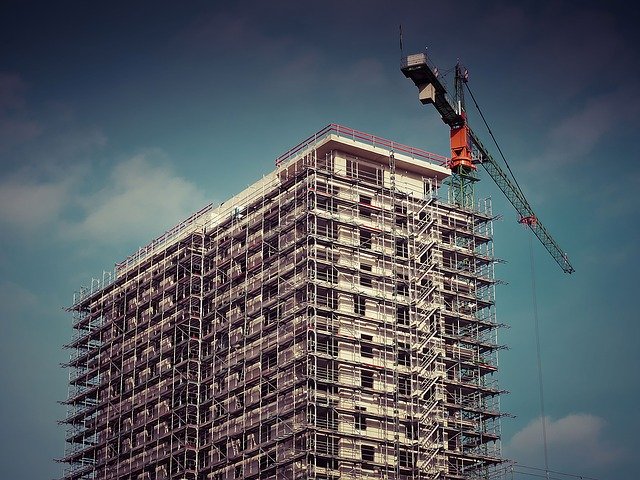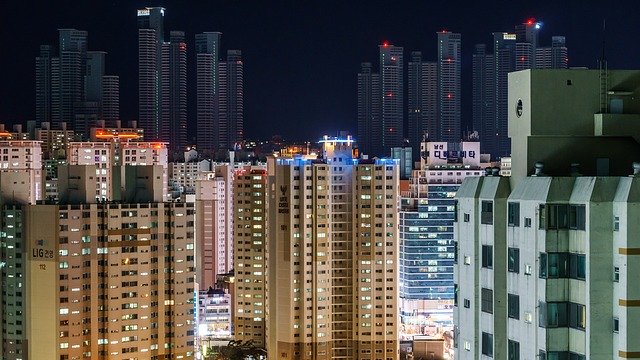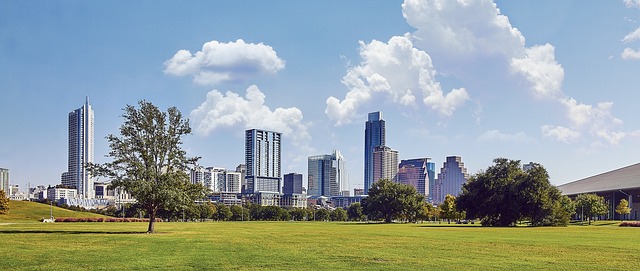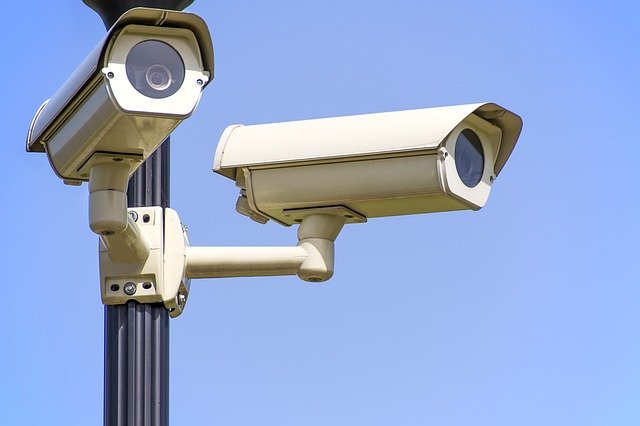One of the things most impacted by the novel coronavirus pandemic has been how people have changed their thinking in terms of their respective living situations. This shift in consumer interest has particularly impacted apartment complexes and multi-family properties.
The need to practice social distancing has greatly impacted these kinds of housing arrangements. This is because shared community spaces such as gyms, swimming pools, exercise rooms and other enticing amenities are much less safe during a pandemic.
Developers have as a result been forced to adapt to the changing climate. In addition to implementing social distancing measures or even closing shared spaces, developers have begun offering different amenities — or redesigning existing ones. A recent story about the Meshberg Group, a Brooklyn-based developer, underscored the challenges on the latter front. While there is little doubt that it is prudent to space out equipment in exercise rooms, for instance, the idea is to do so without wasting too much space. And while it might be wise to convert large meeting rooms into a series of smaller ones, you don’t want to make them so small that they cannot be used to best effect.
Tenants are still expecting high-quality spaces and value with them, despite the pandemic. Another major shift is the added emphasis on outdoor amenities like patios, barbecue areas, greenspaces and fitness areas, as it has been shown that the virus does not present as great a threat in such settings. Swimming pools and spas, configured for social gatherings, have also had to be rethought, especially pools in warm-weather areas.
Prior to the pandemic, the trend had been moving towards smaller individual units with more shared common space, much like a college dorm. Developers had creatively added a variety of new amenities encouraging social interaction, such as business centers, gaming areas, and even movie rooms.
Business centers in particular have been a focal point for property managers, given the uptick in remote work. More and more, for instance, large conference rooms have been divided into co-working spaces for tenants looking to work outside their apartments.
Technology has also been pushed to the forefront, with virtual tours being one manifestation of that. Such tours, already in vogue before the pandemic, allow prospective tenants to safely visit a multifamily property, as noted in a recent BisNow article.
Reliable high-speed Internet is also a must, again because more residents are at home streaming, downloading, and jumping on video conference calls. In this day and age, you can never have enough bandwidth, and that will no doubt the case going forward as well.
Finally, a sizable number of developers have begun seeking out other businesses that can offer additional services to residents who have been hunkering down in their apartments for months. One complex in Chicago opened a grocery store for its residents, and it has since become the building’s top amenity.
The pandemic has disrupted nearly every aspect of American life, and tragically so in a great many instances. Those operating multifamily properties have been forced to adapt, and in many cases have shown a degree of creativity while ensuring the safety and comfort of their residents. The result is that the look and feel of such properties has been altered, probably forever. And that’s far from the worst thing.





